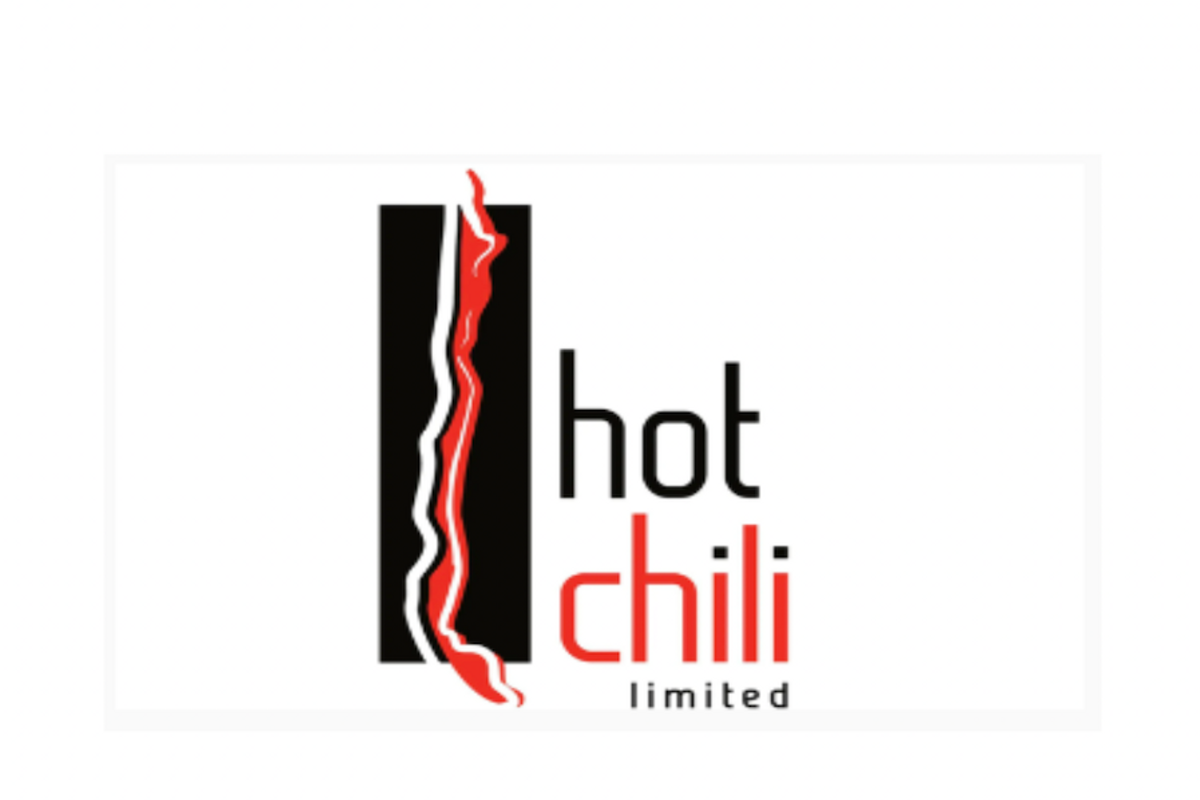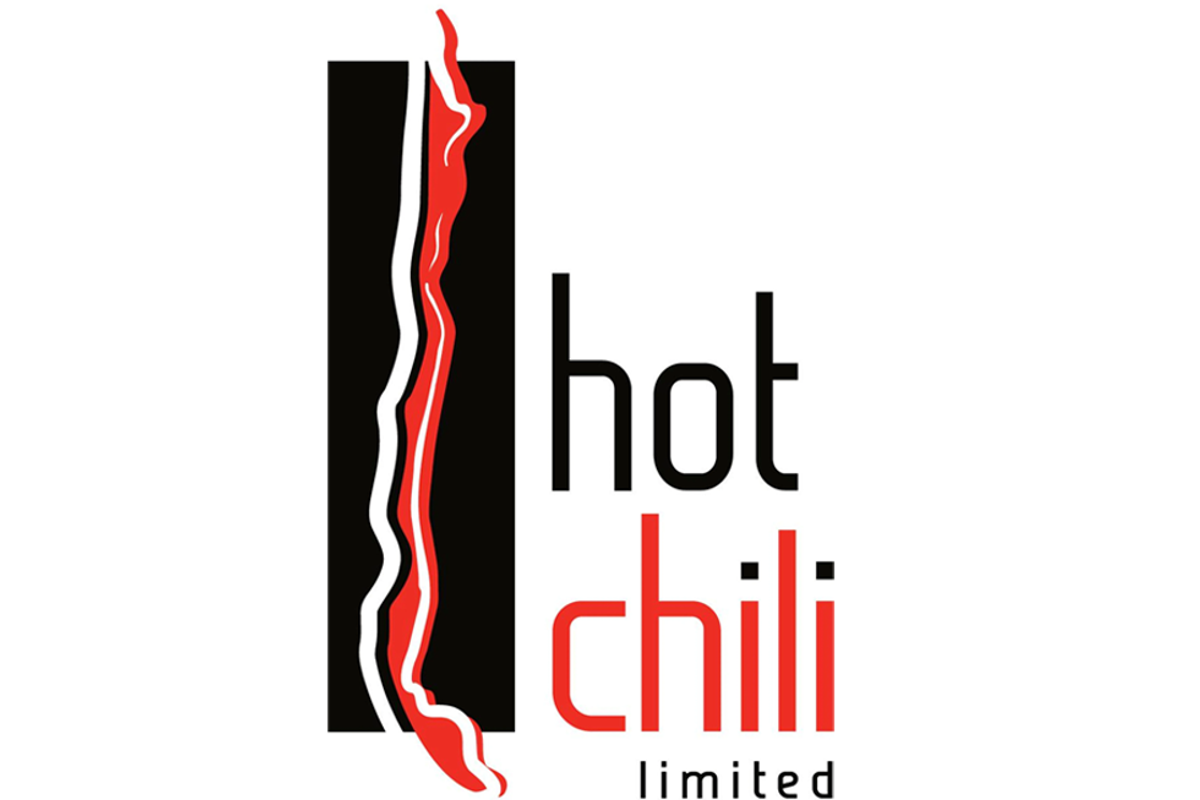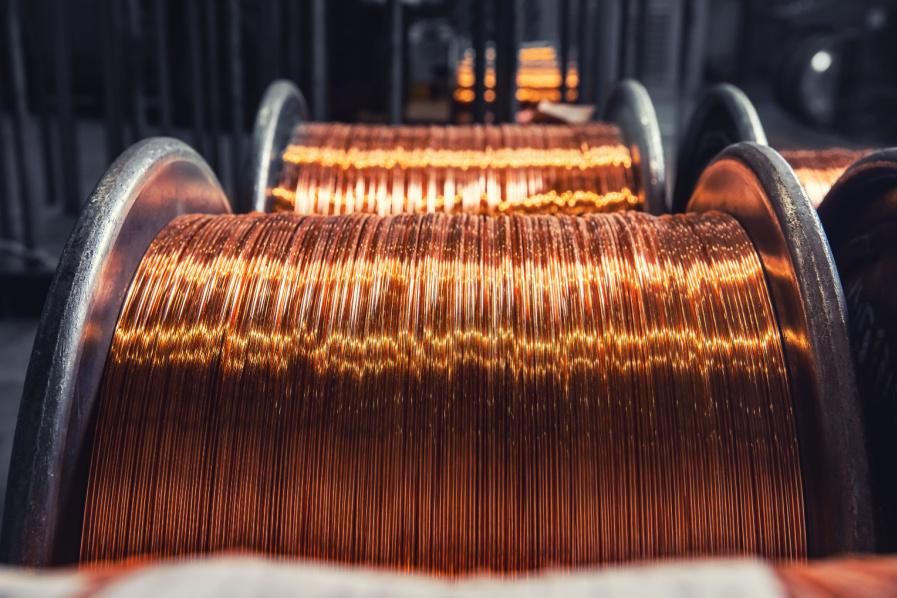
May 09, 2023
Hot Chili Limited (ASX: HCH) (TSXV: HCH) (OTCQX: HHLKF) (“Hot Chili” or “Company”) is pleased to announce that the Company has finalised the appointment of experienced mining executive, Mr Stephen Quin, to the Board of Hot Chili as an Independent Non-Executive Director. The appointment is effective from the date of this announcement.
Non-executive Chairman Dr Nicole Adshead-Bell commented “We are very pleased to welcome a director of Stephen’s calibre and breadth of experience to the Board of Hot Chili.”
Please refer to ASX announcement dated 13th December 2022 for further details of Mr Quin’s background and committee appointments.
Mr Quin will stand for election as a director of the Company at the Company’s 2023 Annual General Meeting.
The Directors welcome the finalisation of Stephen’s appointment to the Board of Hot Chili Limited.
About Hot Chili
Hot Chili Ltd (ASX/TSXV: HCH, OTCQX: HHLKF) aims to build shareholder value through the acquisition, exploration and development of high-quality copper assets in a low elevation and accessible region of northern Chile. With substantial mineral resources already defined, the Company’s Costa Fuego Copper Hub is well positioned to benefit from the looming structural shortfall in copper production due to its size, quality and low economic hurdle location with an indicated resource of 2.8Mt Cu, 2.6Moz Au and 67kt of Mo (in 725Mt) and inferred resource of 0.6 Mt Cu, 1.2 Moz Au and 13kt Mo (in 202Mt). Costa Fuego is rated by S&P Global Market Intelligence one of the top 10 “low risk” undeveloped copper projects globally. Hot Chili has materially de-risked the potential future development of Costa Fuego, securing seawater extraction rights, surface rights for mining activities, easement corridors for water and power pipelines, and electrical connection to the national power grid as well as entering into a LOI with the nearby port of Las Losas. Costa Fuego has exceptional ESG credentials due to the abundance of existing infrastructure, amenability of ore processing using seawater, potential to operate Costa Fuego on a 100% renewable power mix, minimal community impact and ability to drive growth in an economically deprived area. Hot Chili’s growth trajectory continues with the recent announcement of further consolidation contiguous with the bulk of its resources. This new, low-cost, acquisition contains near surface copper-gold porphyry mineralization intersected in historic drilling that has yet to be followed up. The Company commenced an initial 10,000m drill program in January 2023 to test highly prospective copper-gold porphyry targets along strike of the existing porphyry cluster. Hot Chili recently obtained secondary listings on the TSXV and OTCQX to better align with the exchanges of its global copper peer group. The Company aims to narrow the relative valuation gap with its North American listed peers, particularly as the general market starts to appreciate the medium term structural deficit in copper – the critical commodity – and the copper price required to incentivize new production
Certain statements contained in this news release, including information as to the future financial or operating performance of Hot Chili and its projects may include statements that are "forward‐looking statements" which may include, amongst other things, statements regarding targets, estimates and assumptions in respect of mineral reserves and mineral resources and anticipated grades and recovery rates, production and prices, recovery costs and results, and capital expenditures and are or may be based on assumptions and estimates related to future technical, economic, market, political, social and other conditions.These forward-looking statements are necessarily based upon a number of estimates and assumptions that, while considered reasonable by Hot Chili, are inherently subject to significant technical, business, economic, competitive, political and social uncertainties and contingencies and involve known and unknown risks and uncertainties that could cause actual events or results to differ materially from estimated or anticipated events or results reflected in such forward‐looking statements.
Hot Chili disclaims any intent or obligation to update publicly or release any revisions to any forward‐looking statements, whether as a result of new information, future events, circumstances or results or otherwise after the date of this news release or to reflect the occurrence of unanticipated events, other than as may be required by law. The words "believe", "expect", "anticipate", "indicate", "contemplate", "target", "plan", "intends", "continue", "budget", "estimate", "may", "will", "schedule" and similar expressions identify forward‐looking statements.
All forward‐looking statements made in this news release are qualified by the foregoing cautionary statements. Investors are cautioned that forward‐looking statements are not a guarantee of future performance and accordingly investors are cautioned not to put undue reliance on forward‐looking statements due to the inherent uncertainty therein.
Neither the TSX Venture Exchange nor its Regulation Services Provider (as that term is defined in the policies of the TSX Venture Exchange) accepts responsibility for the adequacy or accuracy of this news release.
Contact DetailsInvestor Relations
Graham Farrell
+1 416-842-9003
Graham.Farrell@harbor-access.com
Investor Relations
Jonathan Paterson
+1 475-477-9401
Jonathan.Paterson@harbor-access.com
Managing Director
Christian Easterday
Company WebsiteHCH:AU
The Conversation (0)
13 June 2022
Hot Chili Limited
Low-Altitude Sizeable Copper Development in South America
Low-Altitude Sizeable Copper Development in South America Keep Reading...
19 December
Top 5 Canadian Mining Stocks This Week: Pacific Empire Metals Gains 200 Percent on Drill Results
Welcome to the Investing News Network's weekly look at the best-performing Canadian mining stocks on the TSX, TSXV and CSE, starting with a round-up of Canadian and US news impacting the resource sector.Statistics Canada released November’s consumer price index (CPI) data on Monday (December... Keep Reading...
17 December
Nine Mile Metals Announces Certified High-Grade Assay Results up to 15.21% Copper from the Wedge Project, Bathurst, New Brunswick
Nine Mile Metals LTD. (CSE: NINE,OTC:VMSXF) (OTC Pink: VMSXF) (FSE: KQ9) (the "Company" or "Nine Mile") is pleased to announce Certified Assay results for volcanogenic massive sulphide (VMS) mineralization collected from the pre-drill area on the Wedge VMS Project, in the world-famous Bathurst... Keep Reading...
16 December
Top 5 Copper News Stories of 2025
Copper prices surged to unprecedented levels in 2025, hitting all-time highs. Tight supply played a key role, along with solid demand tied to electrification and the shift to cleaner energy.The red metal's big moves came alongside gains in precious metals, highlighting an unusual year in which... Keep Reading...
16 December
Canadian Approval Pushes Teck, Anglo Closer to Creating US$53 Billion Miner
Canada has approved the merger of Teck Resources (TSX:TECK.A,TECK.B,NYSE:TECK) and Anglo American (LSE:AAL,OTCQX:AAUKF), clearing a major regulatory hurdle for the creation of a new global mining heavyweight worth over US$53 billion.Teck and Anglo American said they received approval under the... Keep Reading...
15 December
Top 5 Junior Copper Stocks on the TSXV in 2025
Junior copper stocks are seeing significant support from the copper supply/demand story in 2025 as companies work to make the next big discovery of the red metal. Supply and demand continue to tighten as usage steadily grows and miners face significant disruptions. Copper prices were elevated... Keep Reading...
Latest News
Interactive Chart
Latest Press Releases
Related News
TOP STOCKS
American Battery4.030.24
Aion Therapeutic0.10-0.01
Cybin Corp2.140.00






